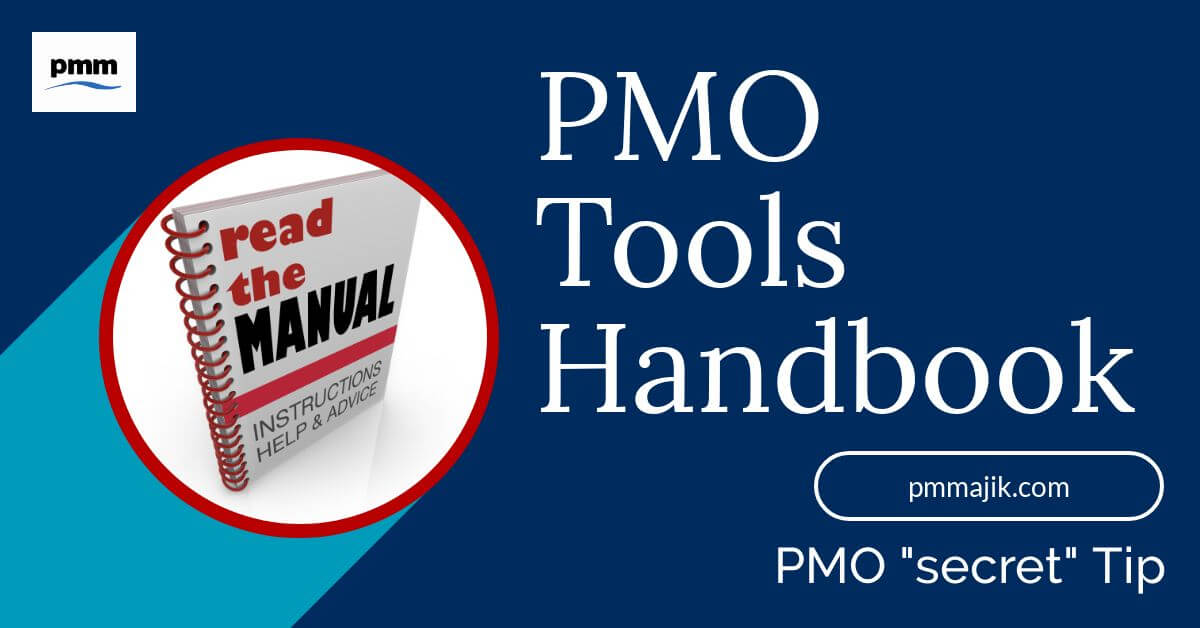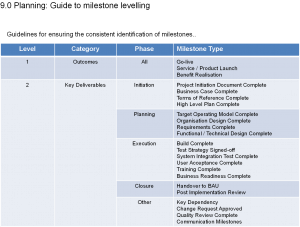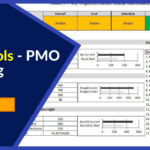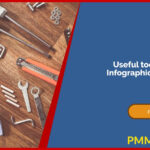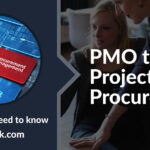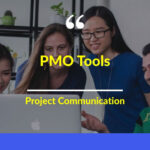A Project Management Office, will invest a lot of time and effort creating standardised templates and processes.
The reason being that this should help improve the quality and consistency of how each project is executed.
It also should mean that project data can be quickly and efficiently consolidated to produce meaningful reporting and management information
Important Point – the benefit of the standard templates and processes can only be truly realised if the defined methodology can be quickly communicated so that the project teams embed the standards. This embedding stage can be very time consuming especially when project team resources are joining an organisation over a period of time.
The solution to this challenge is training and, the PMO Tools Handbook.
What is a PMO Tools Handbook?
In very simple terms, it is a guide / manual that documents all of the tools and processes that should be used to execute a project. It should have sufficient information that a new joiner to an organisation can read the handbook and know what they need to do for each process.
What format should be used?
This is down to the personal choice of the PMO, obviously considering any standards mandated by the organisation. The handbook can be published as:
- Word document
- Powerpoint
- Website / Intranet Site
- Bespoke publishing platform
It is a good idea for an electronic format as this will allow the inclusion of hyperlinks to additional information or templates. It also means that the changes can be made as part of continuous improvement where as printed / bound handbooks need to be replaced.
It is also important to make use a format that does allow the information to be printed. Many project managers like to be able to print and review documents. A good tip is to produce simple guides that are easy to digest and link into the further detail.
Who should own the handbook?
The ownership should be with the PMO. It is important that the content is maintained and kept up to date. It is a hard sell to push people to use standards when the PMO is not keeping on top of their own content.
What should be included in the handbook?
The handbook should contain details that explain the context of the PMO and then the different tools and processes.
Context
- Purpose & objectives
- Context & background
- Vision & mission
- Design principles
- PMO responsibilities
- PMO organisation
- PMO roles & responsibilities
- Engagement model
PMO Tools & Processes
- Planning
- Cost management
- Benefit management
- RAIDs management
- Reporting
- Change control
- Resource management
- Communication management
- Procurement management
- Document storage management
- PMO contact details
There should be sufficient information to explain:
- Process
- Tools
- Ownership
- Frequency
It should also include examples of any templates and links to where the latest version can be downloaded.
How to use a PMO Handbook?
It is important that the handbook is made available to all appropriate project team members and stakeholders. Communication is key. Therefore for maximum benefit do not just send a link and leave project teams to find and review the handbook. This will not achieve the required outcome.
The PMO should set up training / orientation sessions with project teams. While you can set up a large workshop, it is better to work with project teams on a case by case basis with perhaps a couple of the project team and project manager.
This will ensure that there is engagement. Allow for questions specific to project to be answered and allow the PMO to get a sense of how committed the project are to the process.
Summary
A PMO Tools Handbook is a very valuable tool to communicate and embed the required standardised tools and processes. Couple with targeted training, standards can be quickly communicated and embed to maximise benefit.
